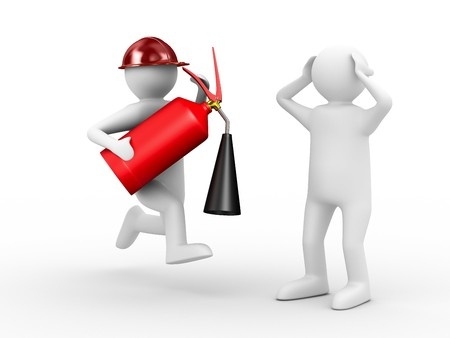This week think about what hot work your team does. Remember it’s not just welding, grinding and using a gas axe that can cause a spark. Also, traditional fuels that you would put in an engine are not the only way to cause an explosion – some acids, decomposing material and dust can be just as catastrophic.
Take a look at Dangers of Hot Work video which was produced by the US Chemical Safety Bureau (It shows what happens when welding downstream causes an oil refinery to explode).
What Happened?
- A pipe was to be installed to connect two oil storage tanks
- No gas detectors were used
- A storage tank was emptied and ‘checked that it is empty’ by inserting a lit welding torch into it
- Workers saw no flash so thought the tank was safe
- Crude oil from another tank warms up in the sun and vapours transfer to the ‘empty tank’
- Sparks from welding ignite the vapours, the lid of the tank is blown off, and the ladder where 3 workers were standing is destroyed
- Flames ignite the next tank and an even bigger explosion occurs
- 3 workers killed, 1 severely injured
Key Learning Points: Hot Work
- Train and supervise your people (this really need to be No. 1 always!)
- Conduct a risk assessment and look carefully at the work area:
- Is there an alternative to hot work?
- What areas are connected to the work area?
- Can it be isolated?
- Will a change in temperature on a hot day affect the area?
- Have a work permit that clearly identifies all the processes on the job and their hazards and communicate these with the team and ensure isolations are completed.
- Atmospheric testing for combustible gas needs to be ongoing, not just at the start of the job
- Review your emergency plans: check fire appliances and emergency exits
Have a safe and productive week.
SB
If you enjoyed this post, make sure you subscribe to my RSS feed!
